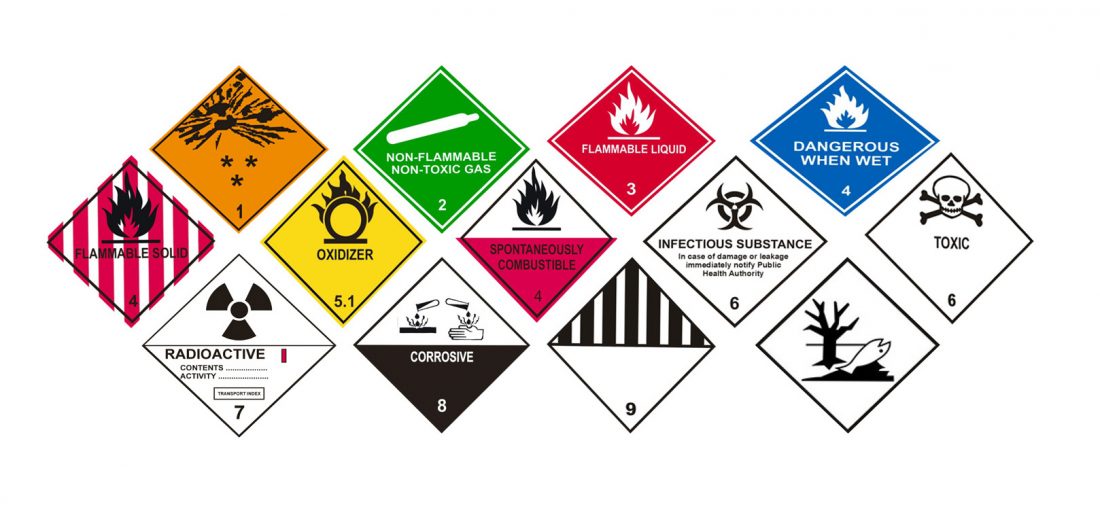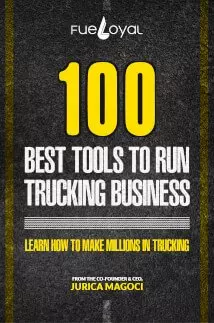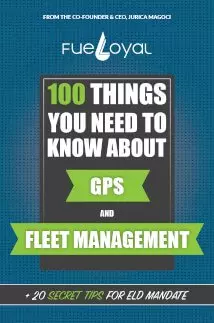Dangerous goods are the chemicals and materials that are being used by many industries; what makes these materials dangerous is their potential to be hazardous. In general the classification of dangerous goods is based on the risk that they can pose.
Thereupon, as we know the general classification of dangerous goods includes 9 classes. That is to say, each class is characterized by some features and can be differed from the other classes by its number and symbol.
Moreover, the classes of dangerous goods are actually put in order starting from the most hazardous to the least hazardous materials. Also, it is good for you to know that some dangerous materials can be found in several classifications.
Dangerous goods are also known as hazardous materials, and its shortened term is HAZMAT.
Henceforth, when it comes to hazmat transportation in the USA, we can see that it is increasing a lot in the last decade that is due to the requirements of many industries that are using this kind of dangerous materials as essentials to their work.







